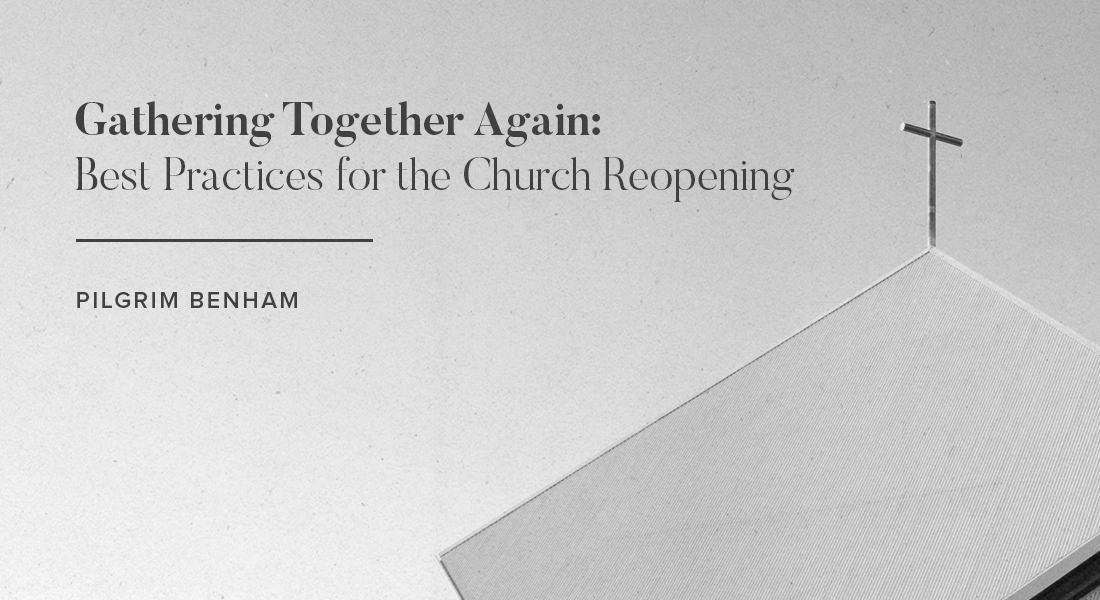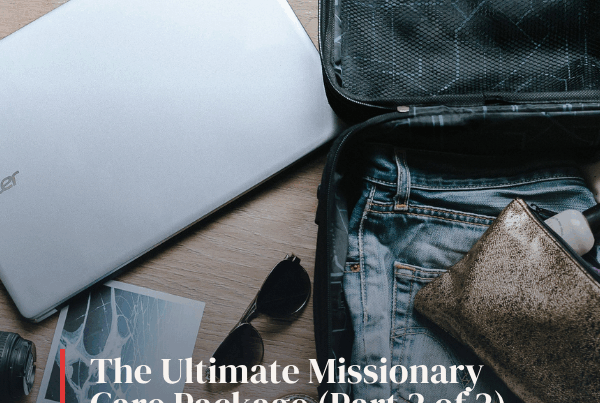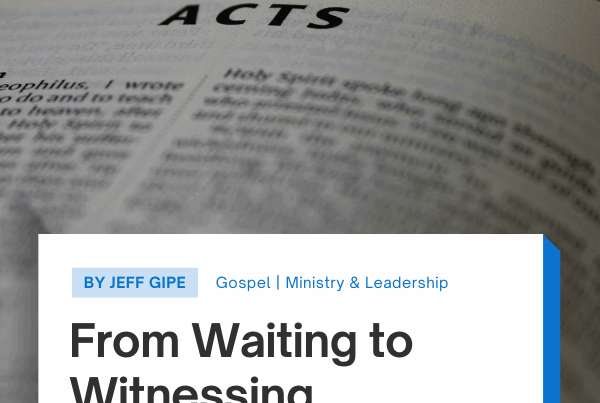
If anything is certain over the last few months, it is that the predictability of ministry has been anything but certain! Because of the COVID-19/Coronavirus pandemic, people around the globe have been asked (or ordered by their respective governments) to shelter in place, practice social distancing, work, and school from home, and avoid any and every crowd that consists of over 10 people. The very community we long to be meeting together with is now suggested to be a perceived threat to our health. This has caused most churches to transition to online services, pastors to preach to empty rooms and into a camera lens, and the gathering together of God’s people in person to be restricted to viewing their church’s streaming content from their own homes.
Church budgets simultaneously pay utility bills to keep lights and a/c on in empty buildings, while finding new line items to make room for camera, sound and lighting upgrades. Every pastoral team suddenly found themselves attempting to be video producers. Every home fellowship either was postponed, or moved to video conference calls–where our koinonia has been digital, virtual, and fumbled. If that weren’t difficult enough, our economy went into a tailspin and many congregants were unable to make their bill payments–so our benevolence funds have been tapped, maxed, or exhausted. People in our communities are frightened, anxious, and desperate for hope–and yet are seemingly unable to congregate with the body of Christ and hear the transforming hope of the Gospel of Jesus Christ. In short, we long to meet together again!
Many states are reopening and establishments such as restaurants, gyms, and movie theaters are safely accommodating their customers and patrons as they open back up for business. And though the church never ceases to be “closed”–whether due to a pandemic or due to a government decree–we do praise God for the amazing opportunity to be gathered together again with the saints to worship God and be equipped. However, there are some challenges ahead that we should be prepared for. Here are five best practices for the reopening of local churches after the coronavirus pandemic:
1. Give people options.
There are many Christians who are not living in a paralyzed panic–but who are genuinely “high risk.” They may have pre-existing conditions that put their health at risk. They may be a caretaker for someone who is high-risk. They may have a family member who lives with them that is more susceptible to disease. Whatever the unique cases may be, there are plenty of people in each and every church who will not have the flexibility, freedom or peace to immediately gather again in-person. We need to make sure we extend an online viewing option to them for the foreseeable future. There are many great resources out lately for churches to offer an online option–do some research and keep it simple!
2. Give people reassurance.
Make sure the congregation knows that the building(s) you will be meeting in will be sanitized and disinfected in between gatherings. Ensure that seats are spread out or partitioned to allow for social distancing. You may have to move to an additional service in the meantime to accommodate a smaller crowd in a bigger room–but in this season (and in every season for visitors!) people will appreciate a little distance or empty seats around them.
3. Give people grace.
As we begin to meet again, one of the new social norms we will be adjusting to is the face-to-face greeting. In the past, a handshake or hug was an expression of welcome or affirmation (or for the first-century church, a holy kiss!). Today, people may misinterpret a fist-bump or an elbow bump as a rude gesture. If someone goes to hug another churchgoer who is not comfortable with physical contact yet, this can create a tense exchange that can leave people with misunderstandings and awkwardness. We need to champion grace in this season: grace for those who don’t want to shake hands, and grace for those who want to hug every friend they’ve missed for two months. The more we can communicate grace from the pulpit in these confusing times, the better.
4. Give people clarity.
Each church should take the necessary time with their leadership teams to have a clear strategy for reopening. What is the timeline for your gatherings? If there is a limitation on size, what kind of registration will we be offering, and where online will this registration be found? What are the next steps for people to give financially, serve the body, or respond to the call to receive Christ? Will we have health screening, hand sanitizer, masks? Will there be children’s ministry, or will we be having a family service for the foreseeable future? What safeguards have been put in place for volunteers, and what are the options for future home fellowships? The more clarity we provide, the less confusion and frustration we will experience as a church community.
5. Give people hope.
More than ever, our communities need the hope of their sins forgiven and their standing with God to be made right. They need to know that God is sovereign, good, and in control. They need to know that in His great love for us, He sent His Son to put on humanity and take their place, receiving the wrath they deserved. As the world scrambles for a vaccine as a relief from the threat of sickness and death, we have the true answer for the brokenness of sin: Jesus Christ! So as the church begins to gather again, give more opportunities in your church than ever before for unbelievers to repent and trust Christ. Take the time now to plan out new believers’ classes and evangelism training for your congregation. Spurgeon said, “The fact is, brethren, we must have conversion work here. We cannot go on as some churches do without converts. We cannot, we will not, we must not, we dare not. Souls must be converted here, and if there be not many born to Christ, may the Lord grant to me that I may sleep in the tomb and be heard no more. Better indeed for us to die than to live, if souls be not saved.”
Let’s be the city on the hill that is ready to draw a dying and desperate world to the hope that is only found in Christ.
Let’s be ready to “open” and to gather together again in-person with God’s people.
Let’s thank God for this sovereign interruption–even as it has wrought incredible difficulty, challenges, and even death for many–as part of God’s wise and trustworthy rule continues to provoke our praise, gratitude, and submission. In our current cultural moment, can anything be more essential than that?






